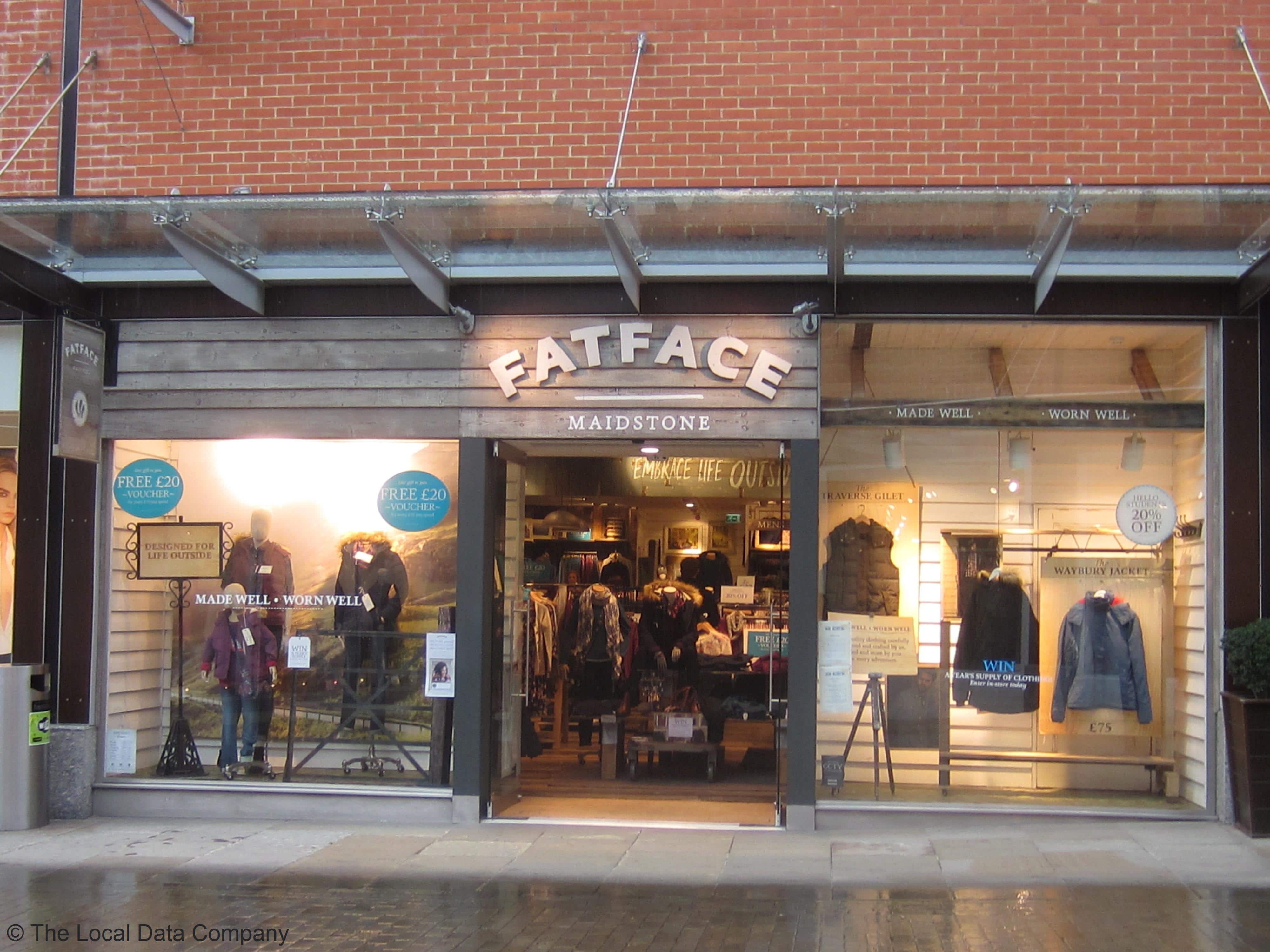Why did FatFace join the SmartStreetSensor project?
FatFace joined the UCL-backed LDC SmartStreetSensor project in August 2016 with a requirement to understand the footfall trends on a micro-basis in and around their stores. The SmartStreetSensor project was launched in 2015, with the aim of understanding our high streets better, driven by data and using unique, in-house footfall technology, developed by LDC.
Footfall data of people coming into store is measured by FatFace across all of its stores. However, footfall passing has never been measured. Some data was previously available to FatFace across broader geographical areas, but the data they were using didn’t get into the reality of any local market. FatFace wanted to understand the footfall trends within micro-locations as well as a wider picture, such as around their stores or on the high streets in many of mid-sized and small towns which have a FatFace. They were also finding that macro and micro data from separate sources was giving them conflicting stories and very often wasn’t answering the questions that they were asking. FatFace wanted solid data on macro and micro locations, from the same source, to empower them to give their senior leadership team fact-based insight on which to base key business decisions, tracking the locations around their stores and measuring effectiveness of marketing activities in that area.
What are FatFace doing with their footfall data?
FatFace joined the project with 20 sensors, which were installed in qualifying stores within the geographical boundaries of the project. These 20 sensors have since been used to measure footfall in the vicinity of their stores enabling them to quantify capture rate and window effectiveness. This, alongside the in-store footfall data that FatFace capture for each of their stores, has enabled them to build a rich view of the general trends in a particular high street, and whether the footfall trends in their store match what is happening on a wider level outside of the store.
Not only has the SmartStreetSensor footfall data provided context to their own data, they also can use the data to measure the effectiveness of their individual store marketing, such as window displays and local promotions. FatFace currently use the data to understand capture rate and window effectiveness, tracking the pavement opportunity directly outside of the store, vs footfall within the store and conversion rates, which gives them a powerful set of data to help them better understand and provide the evidence for what works for their brand. Through all of this insight, FatFace can look at trends as a whole, but they can also drill down right to store level to understand how to maximise their businesses on an individual basis.
This, combined with a more holistic view of the high street and of GB more widely, means that FatFace can start to understand the bigger picture, tracking how our high streets are evolving and they can ensure that they remain one step ahead when making key location decisions for new and existing markets. They hope to start working with other businesses in the future, sharing data to understand how shopping habits are changing, and how retailers can work together to save (or reform) the British high street.
Conclusion
As the SmartStreetSensor project comes to a close, and we begin the next, even more exciting and powerful phase of our footfall sensor roll out, we look forward to continuing to support Fat Face and providing them with the footfall data that they can use to continue their high street success.
For more information on LDC’s unique footfall technology, click here, or to speak to Lucy or a member of the team about how footfall data can support your business, email sales@localdatacompany.com.
